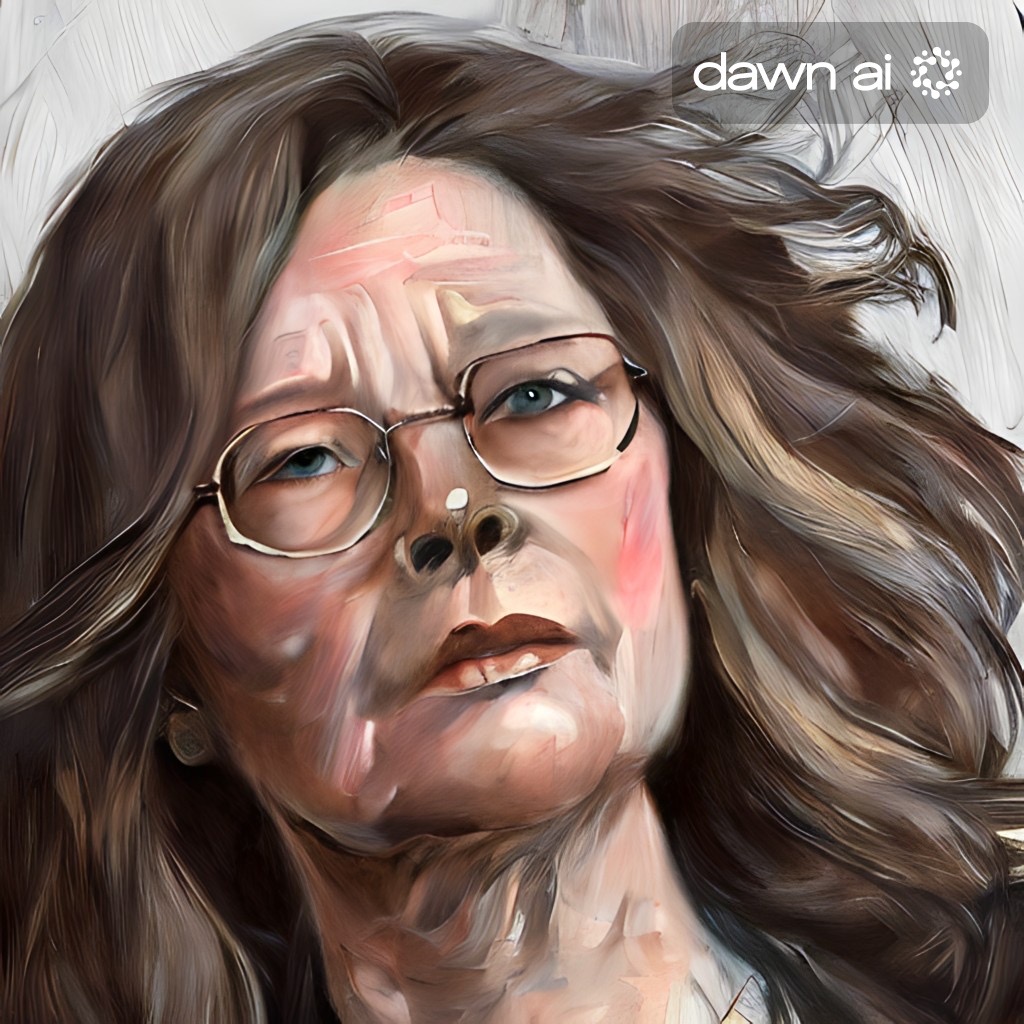orientalism revisited > 03/11/06
Rider Haggard’s fin-de-siècle novel She is an adventure novel, an early Indiana Jones, of the colonial age. She is short for She who must be obeyed, a white queen whose name is Ayesha and the protagonist of the novel. In the novel, a Cambridge professor travels to the heart of darkness (yes, Conrad is here too) that is SHE.
Carl Jung thought of her as a female archetype, the anima, femininity, the Mother (Brunner, ”Anima As Fate,” 1986) and yes, She can definitely be read as a journey towards the all-devouring Mother, the darkness of lust and power, a site of repulsion/fascination, a common image of Africa and of orientalism in Edward Said's sense. That this imagery is still alive and by no means restricted to the fin-de-siècle we can witness in popular culture, for instance in Marlon Brando’s Vietnamese shrine in Apocalypse Now and the extended version Apocalypse Now Redux {Francis Coppola, 1979, 2001), which is an adaption of Joseph Conrad’s novel The Heart of Darkness. While the setting has changed from the Congo to Vietnam, the journey to ”the horror, the horror” at the heart of darkness is consistent throughout.
The never-ending fascination with the books and films mentioned above spans over a hundred years! What do these cultural artefacts hold in common with the anima archetype of Jung’s collective unconscious? A white, male culturally encoded fantasm of the Other, I’d say, which can only foreclose the mind's free association and, in the process, reduce the speaking subject to a mute object, all while reiterating a fantasm of the mind.
Sources
Haggard, Henry Rider. She. Oxford UP, 1991.
Conrad, Joseph. Heart of Darkness. Blackwood's Magazine, 1902.
Francis Coppola, director. Apocalypse Now. 1979.
Brunner, Cornelia. "Anima as Fate." Jungian Classics Series, no. 9, Spring Publications, 1986.
Last edited: 2021-01-07 tagged: patriarchy :: abomination :: fantasm :: the mother filed under: the Other :: cultural diversity and otherness

